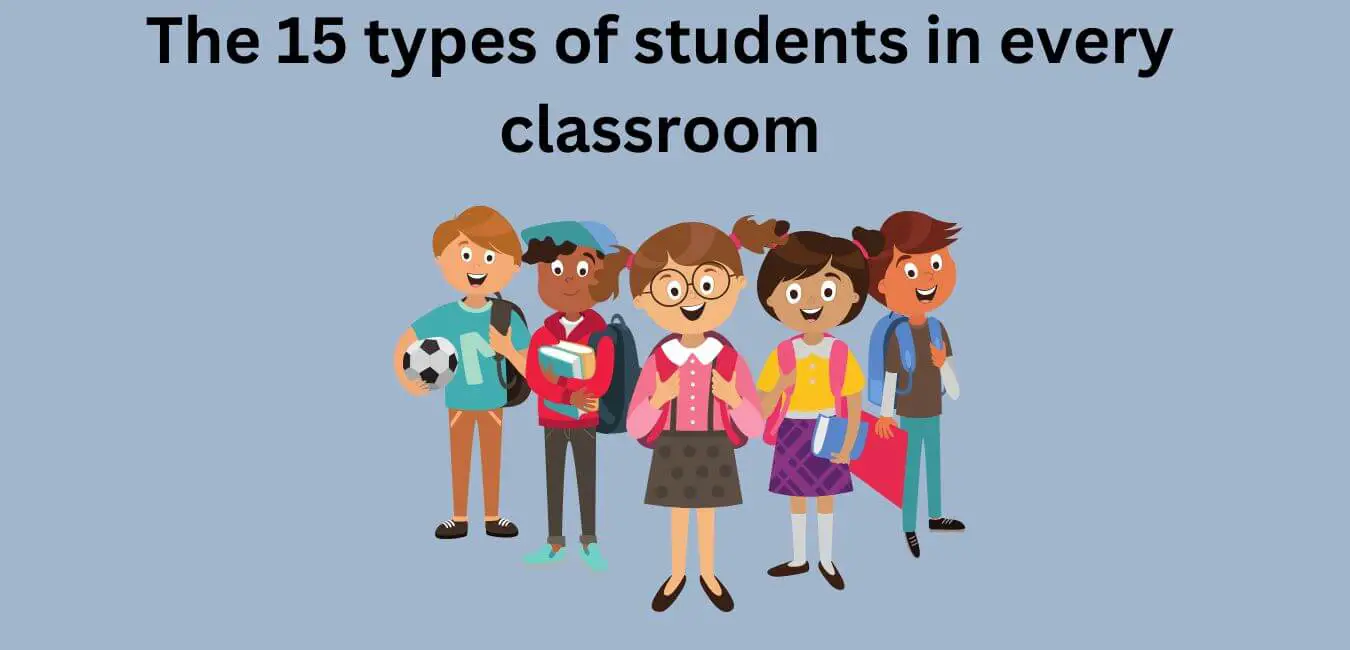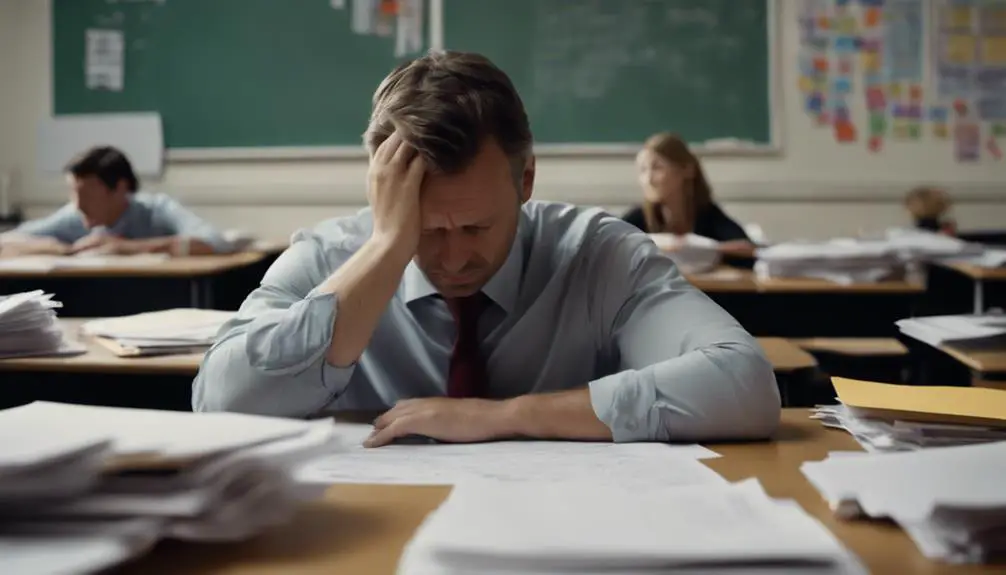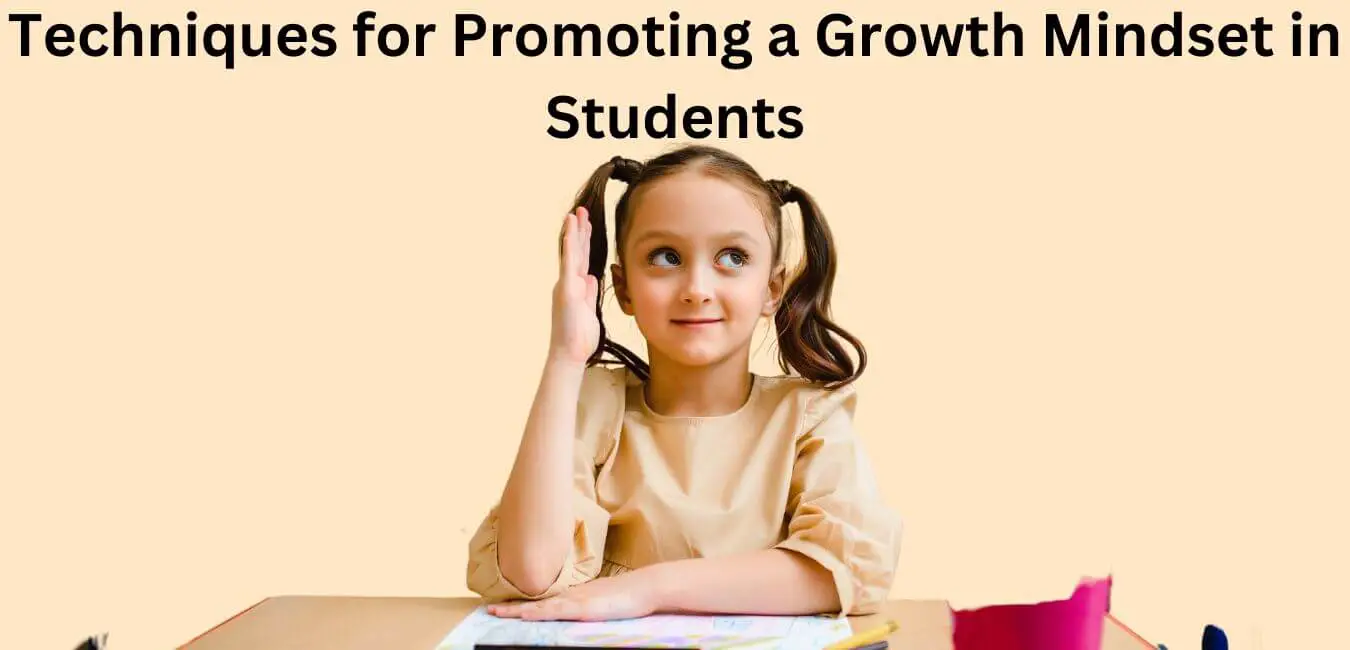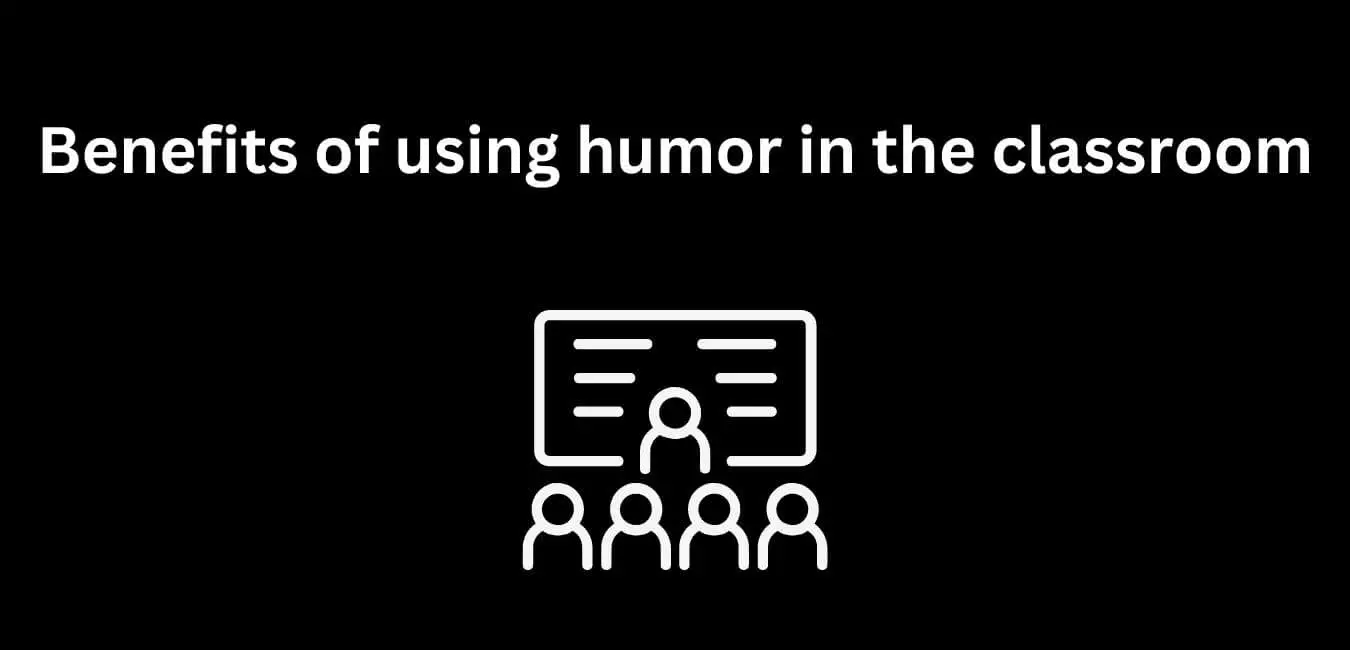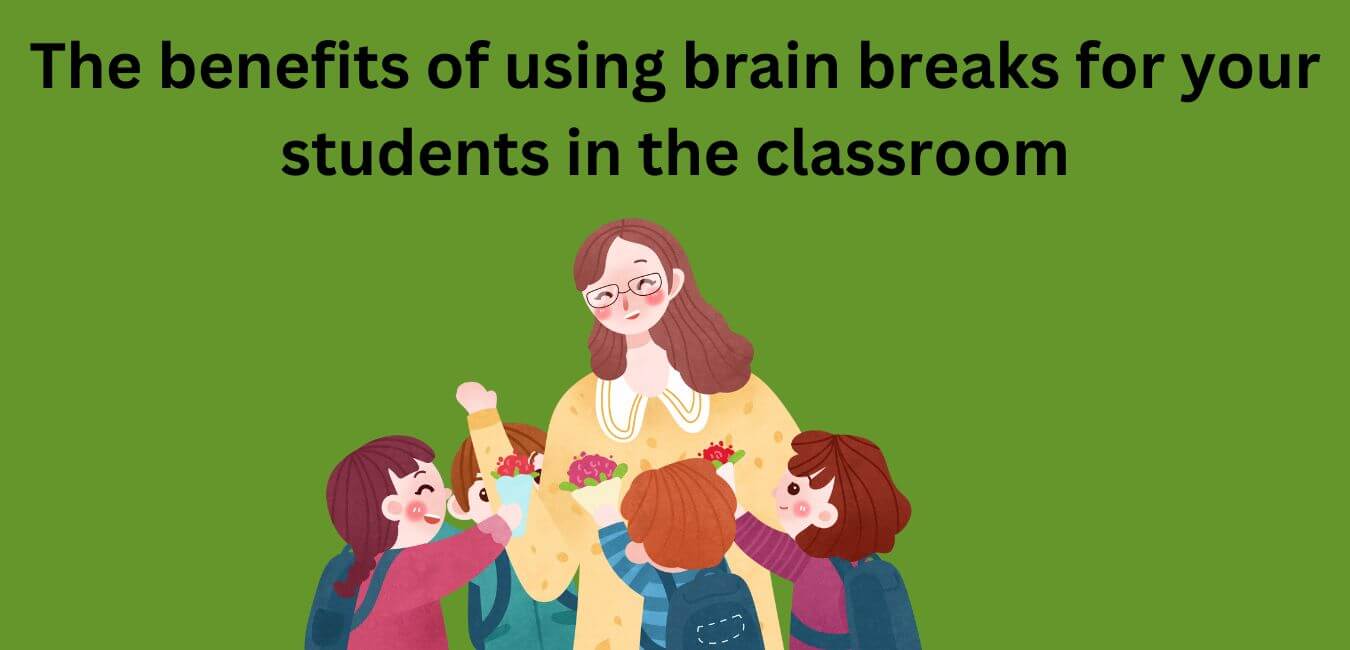Every classroom is a unique melting pot of different personalities, strengths, and weaknesses. As teachers, we strive to create an environment where all students can thrive and reach their highest potential.
With this in mind, it is important to understand the different types of students in our classrooms and how they learn best. From visual learners to independent thinkers, each type of student contributes something special to the learning process.
In this article, we will explore the various types of students that exist within each classroom and discuss effective strategies for teaching them effectively.
Whether you are a new teacher or a seasoned veteran, you will gain valuable insights into differentiating instruction for a variety of learners.
By understanding the various student types that exist in your classroom, you can create an environment where everyone feels supported and can reach their fullest potential. Read on to learn more about each one.
The Different Types of Students in Every Classroom
1. The Overachiever
The overachiever is the student who always strives to get the best grades. This type of student is often found at the front of the classroom, taking diligent notes and taking part in class discussions.
They always strive to get the best grades in all of their classes, and they tend to be very competitive when it comes to academic performance.
The overachiever is often seen as the go-to student for help, as they are always willing to lend a helping hand to those in need.
2. The Underachiever
The underachiever in the classroom is usually the student who is not engaged in the learning process and not striving to reach their full potential.
They may be easily distracted, lack motivation, and struggle to stay focused on the task at hand.
They may also be a student who is not asking questions or participating in class discussions.
They may be the student who is consistently struggling to keep up with the assigned work or not turning in assignments on time.
Underachievers may also struggle to keep up with their peers and not strive to challenge themselves.
Despite their lack of effort, it is important to remember that underachievers can still be successful with the right support and guidance.
3. The Leader
Students who are leaders are an important part of any classroom. They are the students who are willing to take the initiative to lead by example and help their peers.
Leader students are usually hard-working, motivated, and have a positive attitude. They also demonstrate excellent communication and problem-solving skills.
They are often the ones that help teachers ensure that the classroom runs smoothly. They are also great role models for their peers and act as a source of encouragement and inspiration.
Leader students help to create an environment of respect, collaboration, and growth in the classroom.
4. The Followers
The “follower” students in the classroom are those who tend to observe and imitate the behavior of the other students around them.
They usually don’t take the initiative to lead or make decisions on their own, but instead, they prefer to follow the direction of those around them.
They may also be more passive in their academic performance and not take risks. They tend to be more socially anxious and may not speak up much in class.
They also often hesitate to express their own opinions and may be more comfortable going with the majority.
Follower students may struggle to develop their own voice and identity, but they can still be successful in the classroom with the right encouragement and guidance.
5. The Shy One
The Shy One is a student who is often quiet in class and avoids talking to others. They usually sit in the back of the class, away from other students, and are usually content to listen and observe.
They may be shy or simply prefer not to talk in class. They often have difficulty connecting with other students and may find it difficult to come up with their own ideas.
The shy ones may be overlooked by teachers and other students, but they are often some of the most creative and insightful minds in the class.
With a little bit of extra encouragement, these students can often surprise everyone with their amazing contributions to class discussions and projects.
6. The Outgoing Ones
The outgoing students in the classroom are those who are not afraid to speak up and share their ideas.
They are the ones who are always willing to participate and try new things. They are the ones who ask questions and take initiative.
They are the ones who take it upon themselves to lead group projects and discussions. They are the ones who make their presence known in the classroom and are not afraid to express their thoughts and feelings.
They are the ones who are always looking for new opportunities to learn and grow. They are the ones who are not afraid to take risks and make mistakes.
They are the ones who are always eager to learn and help others. Outgoing students are a vital part of any classroom, and they help to create an atmosphere of collaboration and creativity.
7. The Prepared Ones
The prepared students in the classroom are the ones who come to class each day ready to learn.
They have their materials organized and ready to go, and they come to class with an open mind and a positive attitude.
They take notes during lectures, actively participate in class discussions, and complete their assignments on time.
They are well-rounded students who strive to understand the material and are able to apply it to their real-life experiences.
They are also equipped with the tools and strategies necessary to succeed in the classroom and in their future endeavors.
8. The Unprepared Ones
The unprepared students in the classroom are often easily identifiable. They may struggle to keep up with the class, be reluctant to participate in discussions, and appear to be unfocused during lectures.
They may absentmindedly take notes or doodle on their desks, or they may even fall asleep during class.
They may also struggle to answer questions and find it difficult to complete assignments on time.
As a result, the unprepared student often ends up falling behind in their studies and may require extra help from the teacher to catch up.
9. The Lazy Ones
The lazy students in the classroom are easily identifiable by their lack of motivation and enthusiasm.
They’re the ones who are always late to class, doze off during lectures, and never participate in discussions or ask questions.
They also tend to be disengaged during group activities and take longer than necessary to complete assignments.
Despite their lack of effort, these students often manage to get by with minimal effort and still receive passing grades.
Unfortunately, this can lead to a false sense of security and an inability to perform well on tests or complete more challenging tasks.
10. The Eager Beavers
The Eager Beavers are the students who are always excited to learn in the classroom. They arrive at class with enthusiasm and energy, ready to dive into the lesson.
They are the first to raise their hands with questions and are always ready to participate in class discussions.
They are the ones who take on any extra assignments and challenges with enthusiasm, often going the extra mile to do their best work.
The Eager Beavers are eager to learn and are always willing to help their classmates when needed. They are the ones who make the classroom a vibrant and motivating place to learn.
11. The Sleepyhead
The sleepyhead is a common sight in any classroom. They are always caught dozing off in class and taking naps when the teacher isn’t looking.
They may be hardworking and highly intelligent, but they lack the energy and enthusiasm to stay awake in class.
They can be found with their heads down, snuggled up in their desks, sleeping away the time.
Despite their lack of focus in class, these students often have great ideas and excel in other areas. With a little help and motivation, they could be at the top of the class.
12. The Teacher’s Pet
The Teacher’s Pet is a student who is always eager to please their teacher. They are the first to volunteer for activities and tend to sit in the front of the classroom.
They are the type of student who always has their hand up and can be counted on to answer questions correctly.
These students often strive to maintain a good relationship with the teacher and usually receive good grades as a result.
13. The Musical Ones
The musical students in the classroom are always a joy to have around. They are always excited to learn about music and the different instruments, and can often be found eagerly discussing their favorite genres and songs.
They are always eager to share their knowledge with their classmates and teachers, and can often be found in the music room at lunchtime or after school practicing their instruments.
They are highly creative, often coming up with interesting musical arrangements and compositions of their own.
They are also very passionate about music and never shy away from expressing their feelings through it. They are a real asset to the class and are always a pleasure to have in the room.
14. The Artistic Ones
The artistic students in the classroom are the unique ones who are always creating something. They are the ones who are constantly drawing or painting in the corner of the classroom, or perhaps writing short stories or poetry.
These students possess an eye for detail and are always looking for creative ways to express themselves. They are often very passionate about their artwork and take pride in it.
They bring a unique energy to the classroom, and their creative ideas always spark interesting conversations amongst their peers.
15. The Class Clown
The class clown is the life of the classroom, always ready to make a joke and lighten the mood.
They can often be found cracking jokes or playing pranks on their classmates and teachers. Despite their funny antics, they are still able to stay focused on the lesson and are usually above-average students.
They are usually quite popular in their class, as they often bring much-needed lightness and joy to the classroom. Find out how to handle the class clown here.
16. The Disruptive Student
The disruptive student is one who is always willing to challenge the teacher, often leading to disruption in the classroom.
Whether it’s a loud voice, an inappropriate joke, or an argument with the teacher, this student is always making sure that the class takes note of their presence.
Although they may be seen as a nuisance in the classroom, they can also be quite helpful at times; they are often the ones that are willing to point out a mistake the teacher may have made or to make sure that everyone is on task.
The disruptive student may also be the one who stands up for the rights of their classmates when no one else will.
17. The Slacker
The slacker is the antithesis of the overachiever. This type of student takes a laid-back attitude towards schoolwork, often not doing the minimum amount of work necessary to pass a class.
They are often seen as uninterested, unfocused, and always ready for a break. Slackers may be unmotivated or just too busy with other activities and hobbies to dedicate themselves to their studies.
Despite their lack of effort, they are often still able to pass their classes due to their natural intelligence or by getting help from their peers.
While not ideal, the slacker is usually able to scrape by and get by with a passing grade.
18. The Gossip
The Gossip is one of the most well-known types of students in any classroom. They are the ones who often have their noses in the latest news and trends, ready to share the hottest gossip with their peers.
They don’t necessarily mean to cause harm, but they often find themselves in the middle of a situation before they know it.
The Gossip is usually the one to start discussions and conversations that can often last the entire class period.
They can be both entertaining and distracting, and it’s important to be mindful of their presence in the classroom.
The gossip is usually well-liked by their peers, but can often be seen as a nuisance by teachers who may be trying to keep the class on track.
19. The Daydreamer
The daydreamer is a student who often looks off into the distance or out the window, seemingly lost in thought.
They may be daydreaming or simply zoning out. It’s important to make sure these students stay engaged, as they can miss out on important lessons if they’re too busy in their own world.
To keep them involved, it’s important to get creative and find ways to keep them interested, such as providing rewards for participation or allowing them to take part in group activities.
For daydreamers, it’s also important to remember that they can be creative thinkers, so it’s important to give them time to explore their own ideas and come up with creative solutions to problems.
20. The Extrovert
The extrovert is the type of student who loves to be the center of attention. They are always eager to participate in class and are quick to answer questions.
They can often be found chatting with their classmates or making jokes. They may also be known to ask the teacher for extra credit assignments.
They are usually outgoing and friendly, making them an asset to any classroom. However, their enthusiasm for participating and talking can at times be seen as disruptive, depending on the teacher’s preference.
21. The Perfectionist
The perfectionist is a student who strives for excellence in everything. They take great pride in their work and dedicate themselves to completing tasks to the highest standard possible.
Perfectionists often have a strong sense of responsibility and are willing to put in extra effort to ensure that the job is done correctly.
They are also highly organized, often creating detailed plans for completing tasks and projects.
While this type of student can be a valuable asset to the classroom, they can also put immense pressure on themselves, and may become overwhelmed if they are unable to meet their high standards.
Thus, it is important to provide them with support and guidance, as well as to ensure that they take regular breaks.
22. The Troublemaker
The troublemaker is a student who loves to stir up trouble in the classroom. They often make inappropriate jokes, start fights, and disrupt the class.
They are usually well-liked by their peers and can be quite charming, but their behavior is often detrimental to the learning process.
This type of student is often seen as a problem by teachers and administrators, as they can be difficult to manage and control.
If not handled properly, the troublemaker can be an issue in the classroom, leading to disruptions in the learning process.
It is important to address these issues head-on and be consistent in dealing with the student. A good strategy is to come up with an appropriate consequence in advance, and then make sure to follow through with it.
With clear expectations and consequences in place, the troublemaker can be a valuable member of the classroom.
23. The Loner
The loner is the type of student who prefers to keep to themselves and not get involved in any class activity.
They have a hard time making friends and often feel like they don’t fit in with the other students.
Despite the fact that the loner may be viewed as a misfit, they are often very intelligent and capable of succeeding in their studies.
This type of student needs to be shown compassion and patience, as it can be quite hard for them to open up and make friends.
It can be helpful to encourage loners to join in on activities and be part of the class, as it can help boost their confidence and ability to get along with others.
24. The Creative Thinker
The creative thinker is a student who has the innate ability to think outside the box. They are often the ones with the most innovative ideas and solutions to problems.
Creative thinkers are not afraid to ask questions or challenge the status quo. They can spot patterns and connections that others may not, making them invaluable in the classroom.
Creative thinkers are the ones who are always coming up with unique projects or assignments that involve exploring new ideas or approaches.
They are often seen as the ones who come up with creative solutions to problems that others may have overlooked.
Creative thinkers are invaluable in any classroom, as they are able to bring a unique perspective to any discussion or assignment.
25. The Rule Followers
The rule followers in the classroom are students who take a proactive approach to follow the rules set by the teacher and the school.
They are model students who are responsible, have a strong sense of discipline, and respect authority.
They pay attention in class, complete their assignments on time, and always follow the directions given by the teacher.
They are the ones who are always prepared for class and who rarely miss a day of school. They are the students who quietly abide by the rules and rarely have to be corrected or reprimanded.
They understand the importance of following the rules and strive to be the best example for their peers.
26. The Risk Takers
Risk-taker students in the classroom are usually the ones who are willing to take chances and challenge themselves.
They are often the ones who ask questions, take initiative, and volunteer for tasks and activities that may be outside their comfort zone.
Risk-taker students are often the first to try something new, even if they are not sure they will succeed.
They are self-motivated and eager to learn, and they often have a positive attitude toward taking on new challenges.
These students stand out in the classroom and maybe the ones who push the boundaries and create new opportunities for the entire class to learn from.
27. The Assertive Ones
The assertive students in the classroom are those who are not afraid to speak up and stand their ground.
They are comfortable expressing their opinions and feelings to their classmates and teachers. They are confident in their abilities and don’t shy away from taking on challenging tasks.
They tend to be quite organized and prepared for class, and they often go the extra mile to ensure that their work is of the highest quality.
They are also great collaborators and often lead group projects with their strong communication and leadership skills.
Assertive students are an asset to any classroom, as they can contribute their knowledge and ideas to the discussion.
28. The Confident Ones
The confident students in the classroom are those who exude an air of self-assurance. They are comfortable raising their hands in class and contributing to the conversation.
They don’t shy away from speaking up and taking charge when the opportunity arises, and they often have strong opinions that they aren’t afraid to express.
They have a strong sense of self-worth and aren’t afraid to ask questions or make mistakes. They are also great at problem-solving and are excellent leaders.
They are the backbone of the classroom and carry a sense of pride and ownership that helps to foster a positive learning environment.
29. The Insecure Ones
The insecure students in the classroom can be identified by their lack of confidence and self-doubt. They are likely to hesitate before speaking up and are unlikely to take risks.
They often feel like they don’t belong and may have difficulty making and keeping friends. They may be easily overwhelmed and feel like they don’t measure up to their peers.
In the classroom, they may appear to be withdrawn or lack participation. They might be overly critical of themselves and have difficulty dealing with criticism from others.
They may also struggle to take initiative or take on leadership roles. In short, insecure students in the classroom can be identified by their lack of self-confidence, self-doubt, and difficulty interacting with others.
30. The Competitive Ones
The competitive students in the classroom are the ones who push themselves to excel and strive for the highest possible grades and performances.
They are often the most organized, focused, and driven students in the class. They take initiative in their learning and are often the first to volunteer for extra credit assignments.
They are also highly motivated to stay ahead of the curve and be the best in their class, often studying for exams and assignments well in advance of deadlines.
Competitive students are confident in their abilities and are not afraid to put themselves out there and take risks. They are highly organized and detail-oriented and take pride in their work.
31. The Supportive Ones
The supportive students in the classroom are the ones who are always encouraging their peers and pushing them to be their best selves.
These students are always willing to listen to their peers and provide thoughtful constructive feedback.
They are eager to help out when someone is in need of assistance and take pride in being a source of positive energy in the classroom.
They are reliable, always willing to step up and take on a task and understand the importance of teamwork.
They are empathetic towards their peers and strive to create a positive environment in the classroom.
32. The Emotional Ones
The emotional students in a classroom can be identified by their intense reactions and emotional outbursts.
They are often more sensitive and easily affected by their environment, which can lead to quick changes in their behavior.
They are more likely to experience strong emotional responses to challenges, criticism, or changes in routine.
They may also be prone to feelings of sadness or anxiety when faced with uncertainty. In the classroom, emotional students may struggle to focus, may become easily overwhelmed, or may display disruptive behavior.
It is important for teachers to be aware of the emotional students in their classroom and to provide the necessary support and resources to help them manage their emotions in a healthy and productive way.
Conclusion
Every classroom is unique and full of different types of students. From the quiet and shy to the talkative and outgoing, students come in all shapes, sizes, and personalities. Each student brings something unique to the classroom, which enriches the learning environment and helps to create a diverse and accepting school community. No matter what type of student someone is, all students have the potential to contribute to a growing and successful learning experience.

